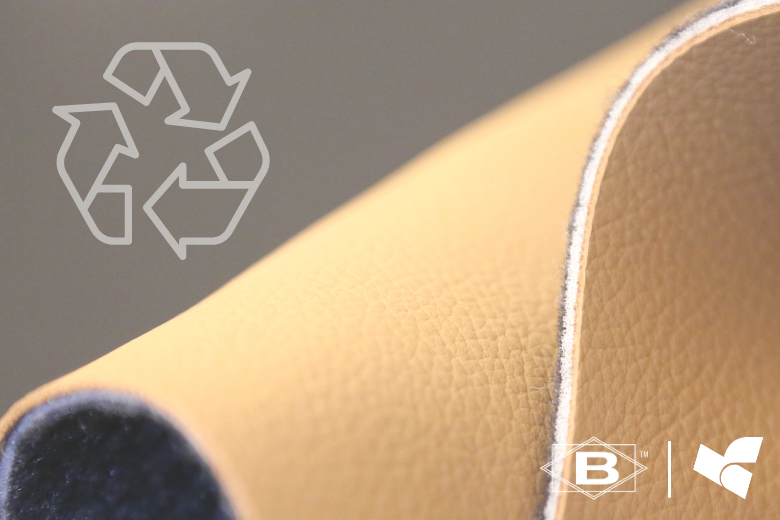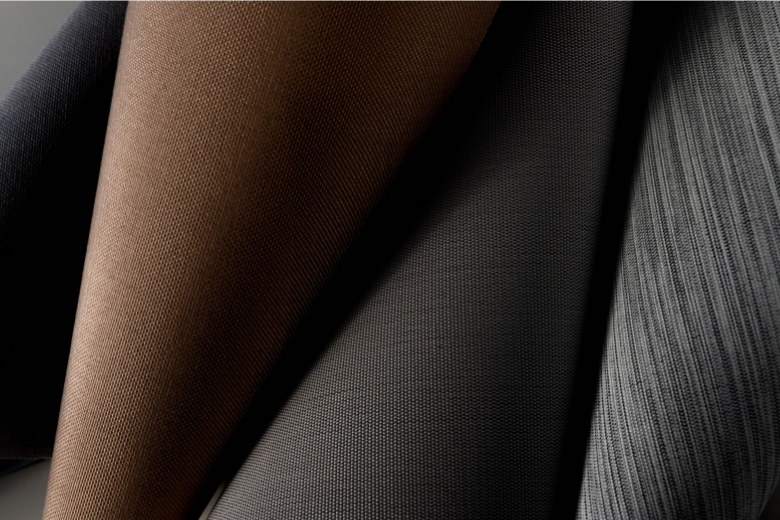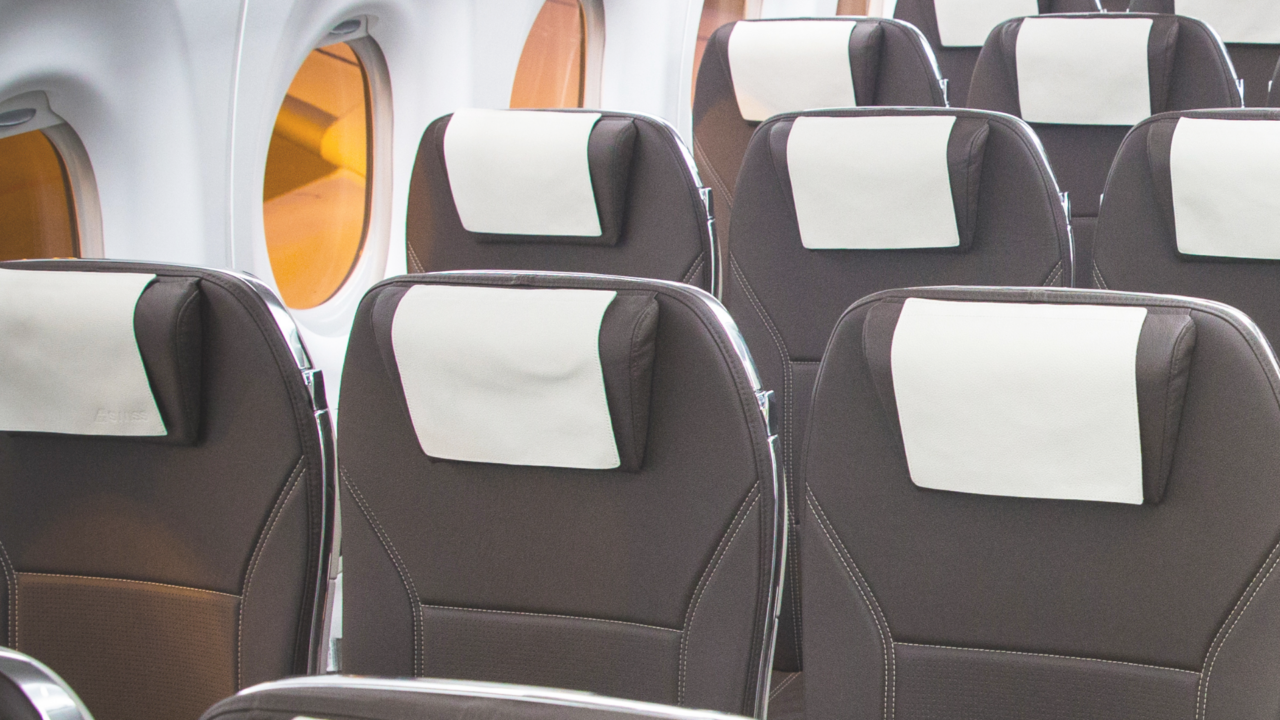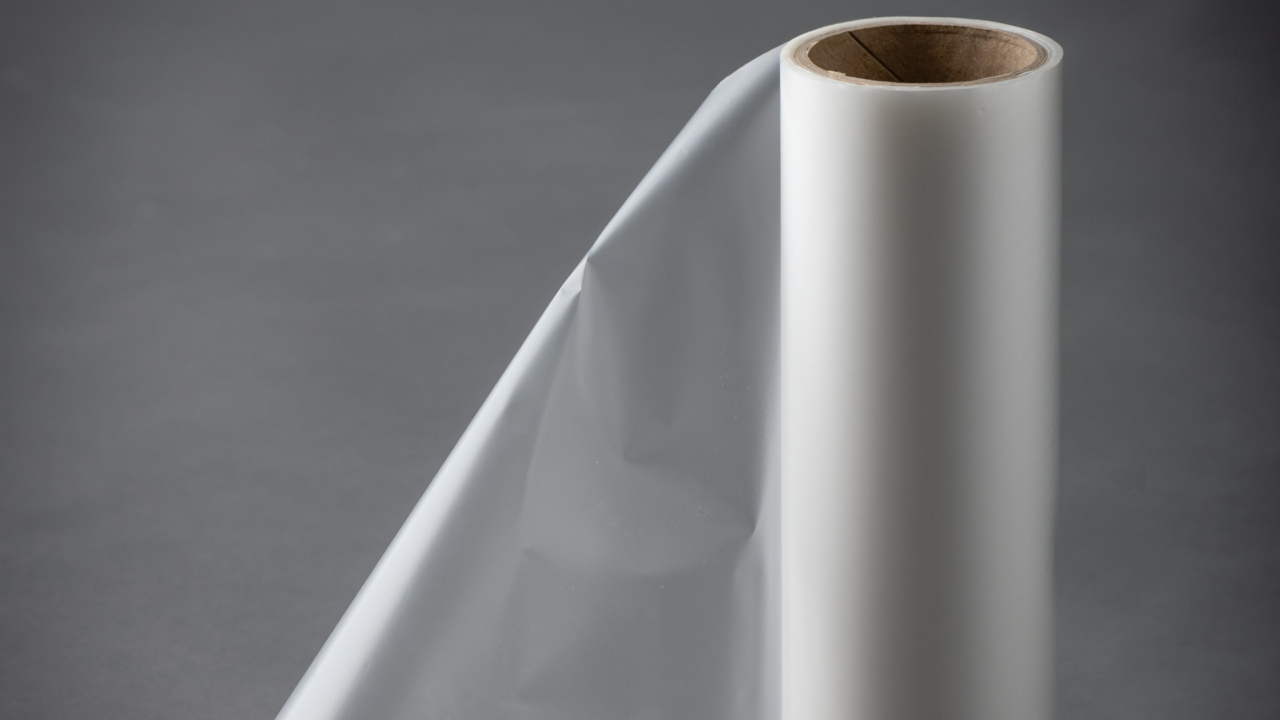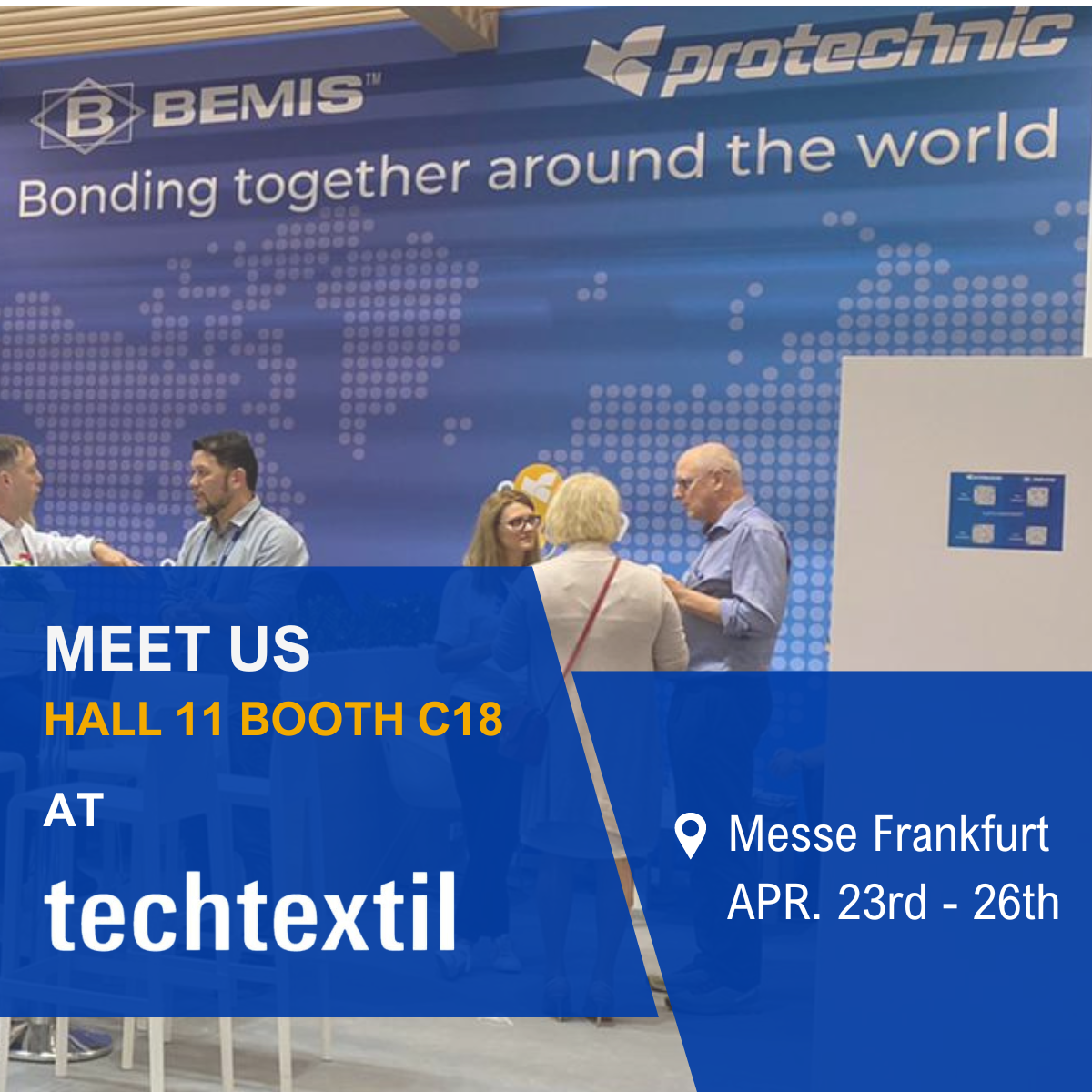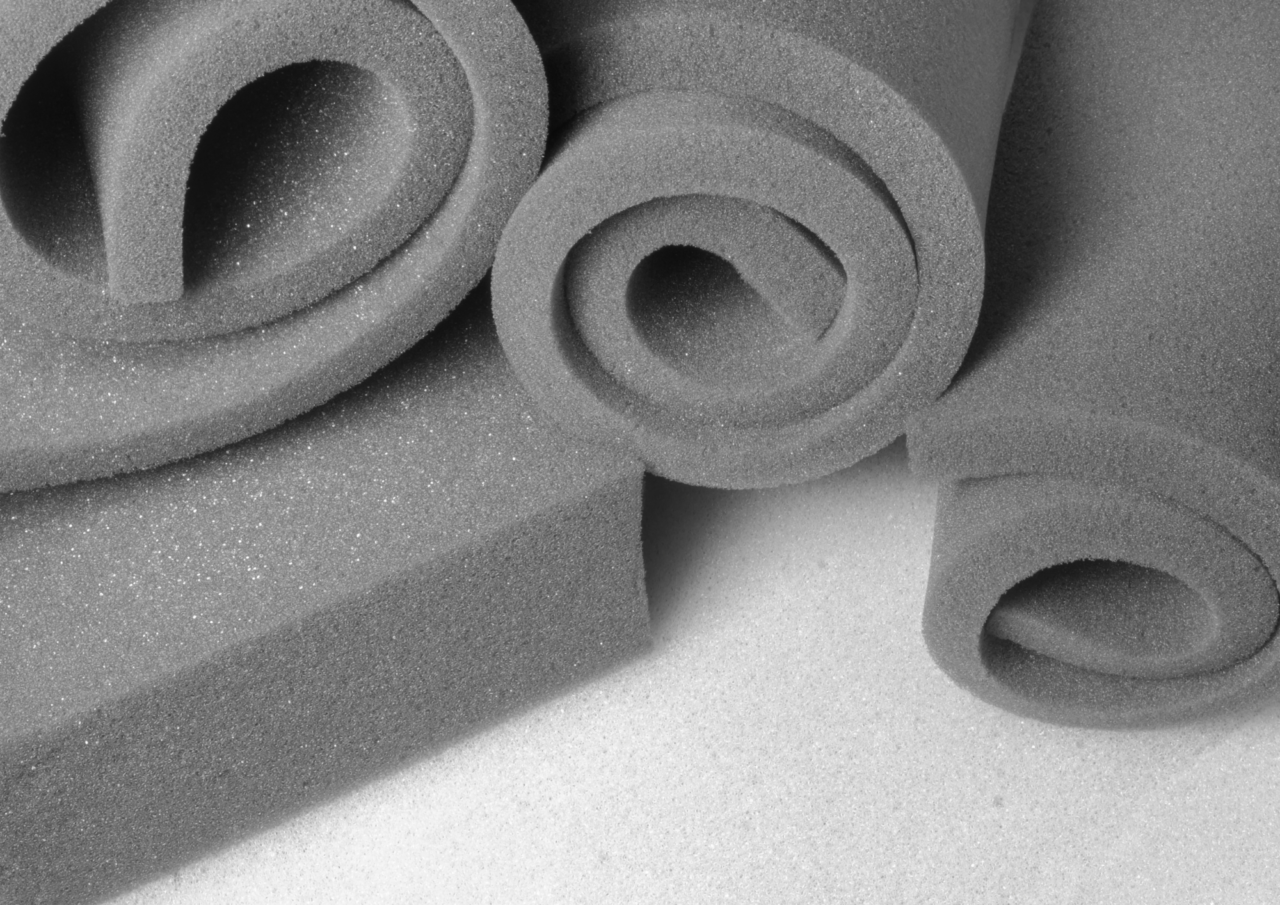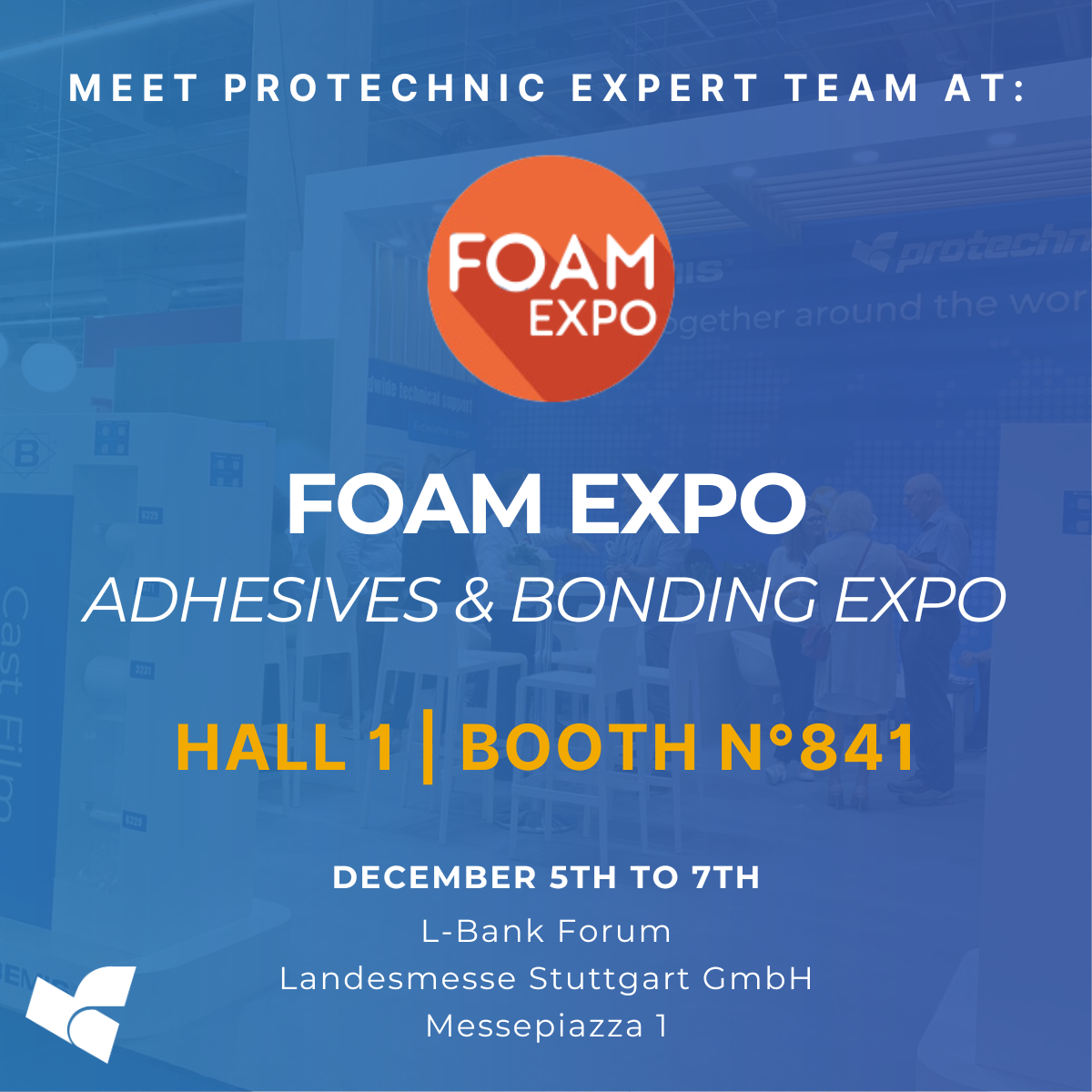In today’s industry, sustainability has become a necessity. One aspect of sustainability is promoting a circular economy, where materials can be reused and recycled at the end of their life. But what about the adhesives that bond these materials together?
Thermoset adhesives can often represent a challenge for recycling as the material is fixed after the activation. Here at Bemis-Protechnic we offer thermoplastic adhesive solutions that are tailored to match the composition of your substrates. That approach allows easier streamlined recycling at the end of your product’s life cycle.

